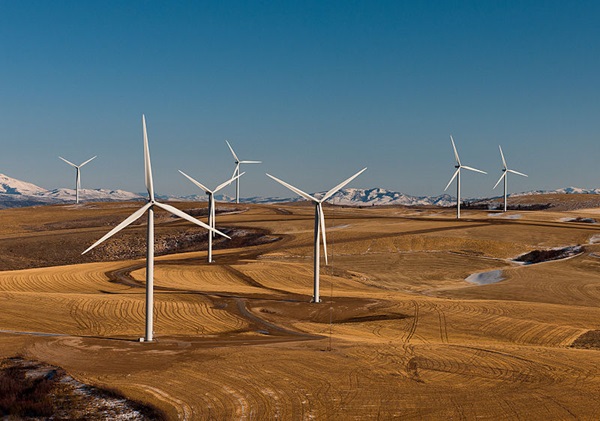For nearly a week this autumn, the country of 10 million met customer needs with wind, hydro and solar — a test run for operating the grid without fossil fuels.
Portugal started its decarbonization journey with some legacy hydropower, but no nuclear capacity nor plans to build any. That meant it had to figure out how to cut fossil fuel use by maximizing new renewables.
How did Portugal make this happen? It committed to building renewables early and often, pledging a 2050 deadline for net-zero carbon emissions in 2016, several years before the European Union as a whole found the conviction to take that step. Portugal’s last coal plants shut down in 2022, leaving (imported) fossil gas as the backstop for on-demand power.
Read a full article about this event
